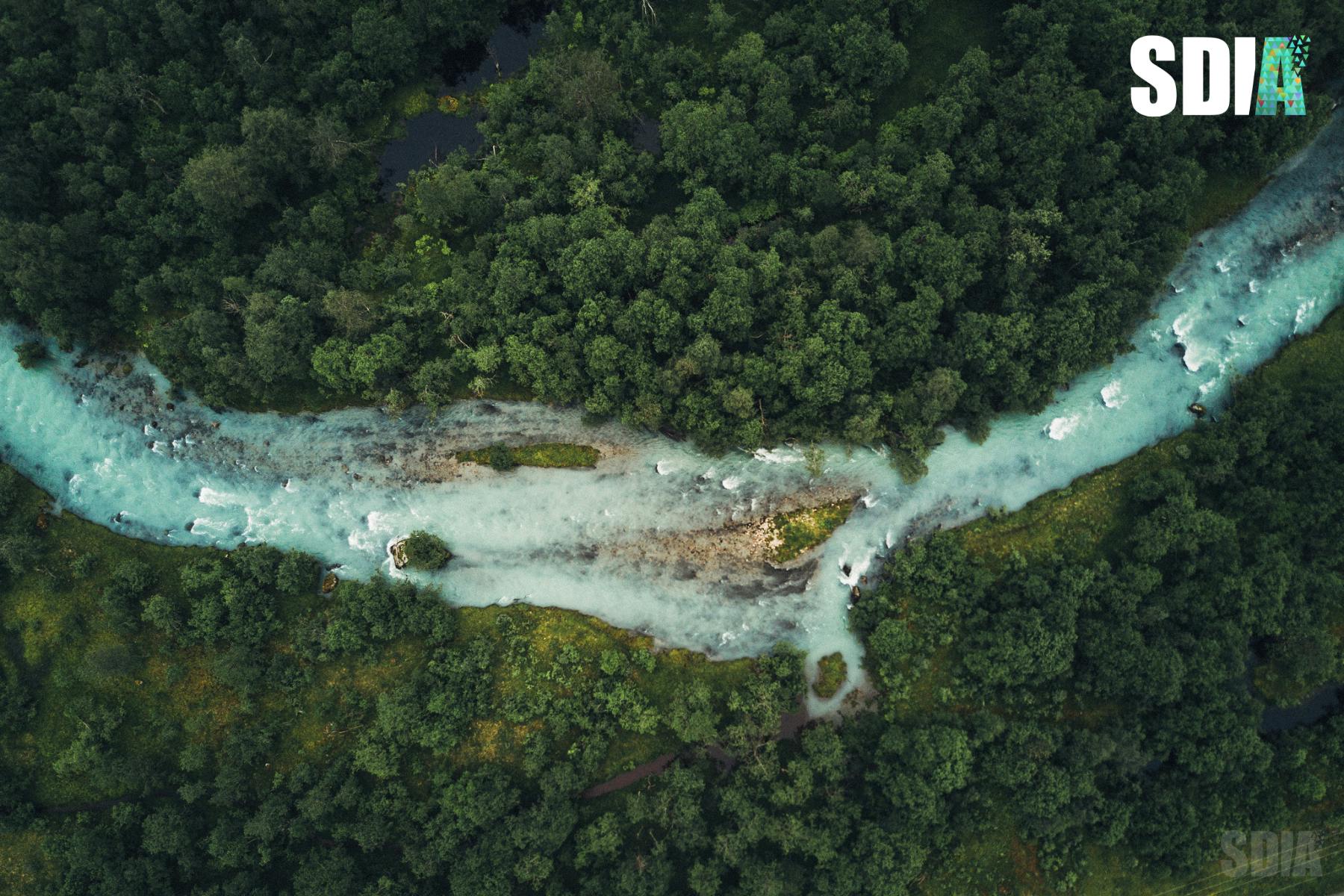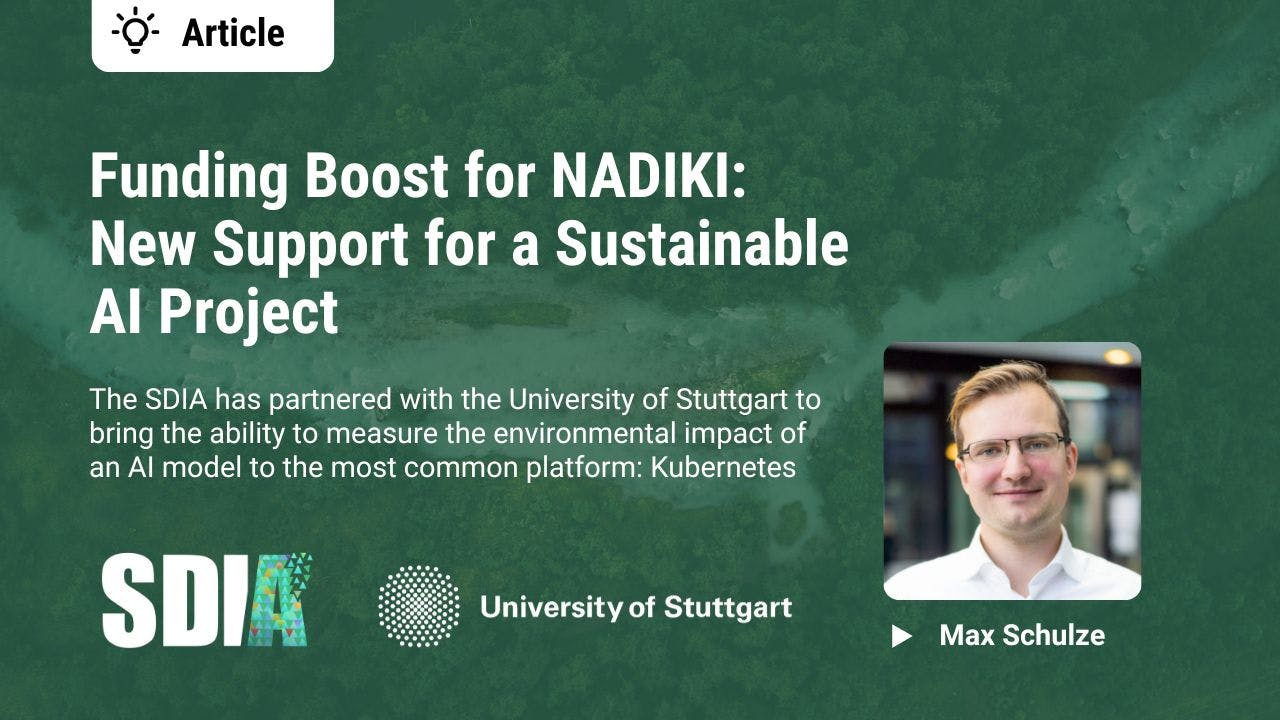On 11 December, EU environmental ministers met via a series of video conferences to discuss aligning the growth of digital technologies with environmental and climate protection. The European Council released a summary outlining conclusions and outcomes regarding the “‘twin challenge’ of the green transition and the digital transformation.” This directly aligns with the SDIA’s belief that a sustainable digital infrastructure is possible without curbing technological advancement.
The facilitation of high-tech growth remains critical to EU economic health and global competition. The Commission summarized a number of ways member nations can innovate and expand data spaces and resources while more closely aligning principles and practices with a sustainable mindset. The SDIA welcomes this examination by the Commission and believes many of the proposed action items support a viable way forward to a sustainable digital infrastructure by 2030.
Key Takeaways
The Commission’s conclusions span a number of key areas that require consideration and action to catalyze change. These core elements include aligning European data centers with the goals of the European Green Deal, bolstering environmental protection efforts via digital solutions, and investing in sustainable technologies to drive economic and community growth across the EU.
The SDIA commends these efforts and the Commission’s vision for impactful change. Our Roadmap to Sustainable Digital Infrastructure by 2030 pairs specific actions with measurable metrics creating a plan for systematic change. In support of the Commission’s objectives, SDIA analyzed the report and outlined specific areas of alignment within the Roadmap to support and galvanize the EU’s efforts.
Supporting Legislation and the European Green Deal
Data-driven decisions are pivotal to guiding policymakers and technology firms in directions that promote evidence-based change. The SDIA supports a broader digital industry census based on the collection of current environmental data. This data can be used to demonstrate real-time impact, direct policymakers, and lead efforts in digital innovation. Early data collection also provides opportunity for more robust reporting and measurement of long-term outcomes. To this end, every SDIA Roadmap Activity is aligned with specific metrics to ensure every action counts. In-line with Europe's recognition of the importance of data protection, data analysis and trend detection can be achieved with a level of insight that does not compromise data privacy or intellectual property as well.
The SDIA firmly supports the EU’s efforts to strengthen its digital sovereignty and increase Europe’s competitiveness within the digital ecosystem. These efforts must be made with security, transparency, fairness, and sustainability at the forefront. Current SDIA Roadmap Activities seek to solve these challenges and pave the way for reduced resource and material consumption with measurable metrics for digital environments. The European Environment Agency (EEA) stands as a viable option to advocate and aggregate any data for a digital industry census in support of the EU, national governments, and other policymakers. The SDIA calls for closer examination of specific data points, their accessibility, and their relevance. We must define the clear metrics to track before we can determine the data we need to collect.
The need for a sustainable digital infrastructure affects all EU member states. Maximizing the advantages offered by a union of European nations coming together for the greater good, we recommend drafting environmental laws that consider the entire digital industry regardless of location or national borders. Consolidated policy presents an opportunity for consistency, reportability, and communication with both transparent participation and results.
Pairing Digital Solutions with Environmental Protection
The Commission’s target of climate neutrality by 2050 is commendable and will compliment the SDIA’s own commitment to net-positive sustainable digital infrastructure by 2030. The SDIA Roadmap distills this ambitious goal via our Activities focused on underlying infrastructure and any Key Challenges presented on the path to sustainability. Likewise, the EU’s broader focus blends environmental conscientiousness with digitization of the wider European economy.
The SDIA Roadmap and its universal language for the six measurable metrics incorporates the vital and often elusive cornerstone of assessment. These encompass energy consumption, greenhouse gas emissions, resource efficiency, circularity, pollutants, and economics. The Commission’s call for stakeholder recommendations in monitoring methodologies are encouraging. The SDIA intends to reach out to the Commission summary’s authors and share how these assessments can be applied throughout the value chain. Implementing assessment methodologies that demonstrate true transparency and accountability is the first step to fostering change. The SDIA wholeheartedly supports the Commission’s efforts to define and refine these crucial areas to cultivate effective digital solutions while reducing negative environmental impacts across the EU.
While digital solutions of the past have contributed to sustainability setbacks, SDIA values digital growth and innovation. With planning, guidance, and cooperation, resource consumption can be reduced across the value chain without also reducing economic growth. Our Roadmap Activities target Key Challenges to this end as solutions that are recommended and implementable. One such barrier may be conflicting regulations (EU 2017/821 of the European Parliament and of the Council of 17 May 2017) that do not explicitly define requirements for technology companies in areas such as mineral regulation, specifically conflict minerals. The SDIA looks forward to additional discussion within the Commission and other EU stakeholders to remove conflicts to sustainability presented by insufficient regulatory monitoring and enforcement.
The Path Forward
Technology should not be seen as a panacea for the myriad environmental, economic, and climate-related challenges that exist. It is, however, a key solution to building sustainable digital infrastructure. We can use technology to gather critical data that assesses environmental impact and guides change. Therefore, the SDIA supports the Commission’s opinion on data collection as a tool for reducing our environmental footprint. This information can be leveraged across the EU's digital infrastructure value chain, regardless of member state, to implement change and measure results.
Furthermore, the SDIA supports efforts to raise consumer awareness and the role that purchasers play in a sustainable digital infrastructure ecosystem. The SDIA is preparing a digital carbon footprint measurement system to demonstrate that there is more to the cost of their technology purchases than the set price they pay for their hardware or services. The Commission’s advocacy of a digital industry census and centralized data analysis with regard to environmental impacts will significantly benefit our efforts. This data will put concrete evidence in front of consumers, as well as industry leaders, demonstrating the cost that our plant is paying for current high-tech offerings. From a positive perspective, the data will also clearly outline avenues for improvement and deduced costs, tied to the goal of a fully sustainable digital infrastructure by 2030.
Overall, we welcome the changes that the EC’s report advances. Not only are many of them directly aligned to our work, but we share the conviction that these changes and suggestions will ultimately continue to help realize our shared goal of sustainable digital infrastructure by 2030. We look forward to working with the EU, member states, and our own members and partners to make this happen.

.jpg?ixlib=gatsbyFP&auto=compress%2Cformat&fit=max&rect=0%2C44%2C600%2C800&w=600&h=800)


